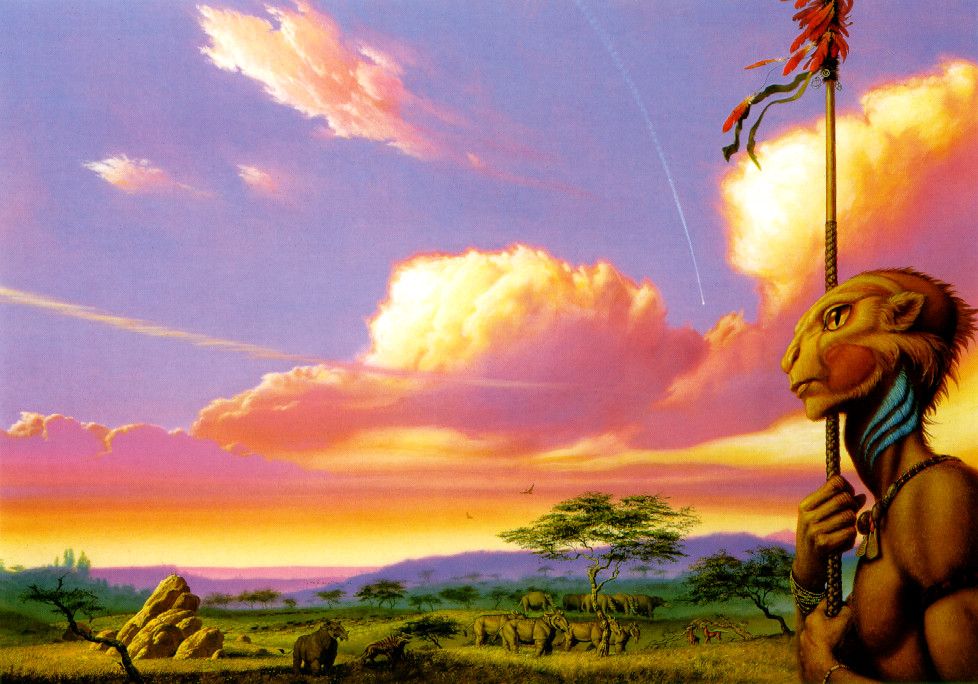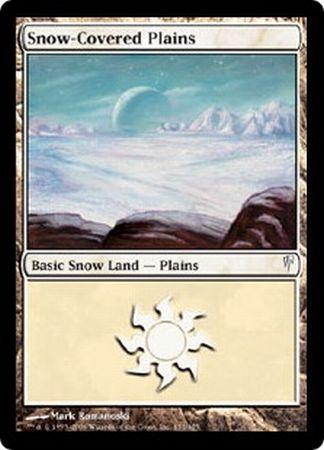

|
|
|
|
|
|
|
|
|
|
|
|
|
|
|
|
|
|
|
|
| Arctic Plains | Subarctic Plains | Temperate Plains | Subtropical Plains | Tropical Plains |
The name itself implies something unexciting, even
boring.
But, in the words of the original bard,
What's in a name? The
plains of Africa and South America, knowns as savannas, support
perhaps the greatest diversity of wildlife of any place on Earth.
The great plain of central N. America, before it was "domesticated,"
was also teeming with wildlife -- and, of course, with the
vegetation that the wildlife needed to survive.
This terrain designation takes in many types of flat
areas, most
of which (xcept in an arctic climate) have at least a moderately
dense cover of low-lying vegetation -- grasses and small shrubs
that have remarkable regenerative powers even after they
are eaten almost down to ground level by hungry animals. An occasional
tree || small grove of trees also dots the landscape -- not
enough trees to qualify as a forest, but enough to provide protection
from a herd of stampeding elephants.
The monotony of hte
level terrain may be periodically broken by rolling hills || bluffs,
but again these features are not frequent enough || predominant
enough to cause a change in classification.
Food and water are generally
easy to find on a plain, but the
materials for an impromptu shelter (tree
branches, logs, etc.) are
not so easily come by. Because the terrain
is usually flat and featureless,
adventurers should be especially careful
to keep their
eyes and ears open: Whenever they can
see for a long distance,
they should realize that they, in turn,
can be seen from far away.
<examples:
arctic:
subarctic:
temperate: Gobi desert
subtropical:
tropical:>



<e>